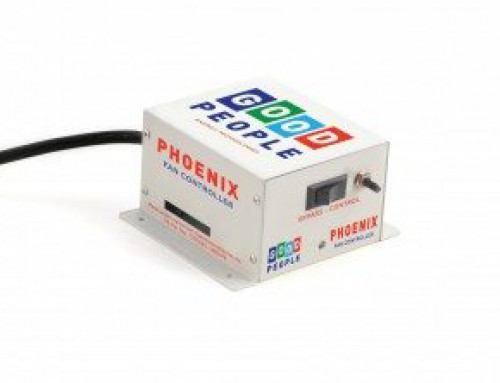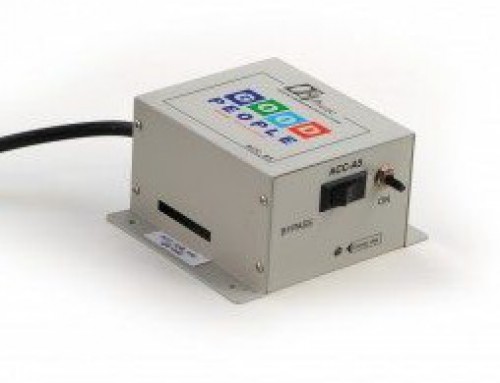Starting Your Own Brewery (Book Review, Part 3, Marketing and Distribution Programs)
The Brewers Association’s Guide to Starting Your Own Brewery
Edited by Ray Daniels (with more than 25 beer industry veterans contributing)
This is the third part of my review of The Brewers Association Guide to Starting Your Own Brewery. If you are curious why an Intellectual Property and Business Attorney would be reviewing such a book, you should check out Part 1 for some background (and because The Life of a Brewer was such a fun and inspiring part of the book).
In the second section of the book, Facility Planning and Operations, the expert contributors got down to business with some highly technical aspects of getting started and running your brewery. In the third section, we turn to Marketing and Distribution Programs. Sure, you can make a great beer, but will anybody buy it? Branding, marketing, and building relationships with distributors, retailers, and customers can be one of the most creative and exciting parts of running a brewery and this section shows you why with plenty of ideas and inspiration.
This is a four part book review, tracking on the four sections of the book: The Life of a Brewer, Facility Planning and Operations, Marketing and Distribution Programs, and Planning and Funding Your Brewery. So, make sure you subscribe to the blog so that you don’t miss anything.
The first chapter in this section is probably the driest, but also incredibly interesting if you are starting a craft brewery. “The Converging Consumer Profiles for Beer and Wine” provides all sorts of demographic information on beer buyers based on the National Beer Survey conducted by the University of Maryland. It is worth study and thought as a starting point for understanding today’s beer buyers.
“Creating Customer Connections to Build Your Brewpub Business” is a sort of Marketing 101 for brewpub entrepreneurs. It provides an overview of what a brand is and all of the pieces that go into it, including trademarks, events, public relations, advertising, and much, much more. With real examples from Iron Hill Brewery & Restaurant (which now has multiple locations in Pennsylvania, New Jersey, and Delaware), this chapter provides a great place to start thinking systematically about how you are going to build your beer brand, whether you are a brewpub or a packaging brewery.
From there, the next few chapters introduce some specific promotions and ideas for improving your sales, including Mug Clubs for brewpubs, building distributor relationships, fostering customer engagement (draft or bottled), helping bars sell your beer, and using public relations. Each article provides ideas you can and should do for your brewery business. The overall theme is really to get out there, meet with people (distributors, bar/restaurant/store owners, customers), tell them your story, and create a personal connection to your beer. Personality is the fundamental value of craft products and the key to growing your brand and sales–I couldn’t agree more.
Also, several of the chapters mention the need to be aware of your state laws and regulations regarding beer advertising and promotions. As we frequently mention, alcohol is one of the most highly regulated industries and many things that are perfectly acceptable for other products can get you in trouble when applied to beer. Make sure you know the law or get the right help.
In the next part of the review, we will look at the “Planning and Funding Your Brewery” section of the book. You can’t start a brewery (even a really small one) for free. The money has to come from somewhere. And whether it is your money or someone else’s, it would be foolish to invest in a new venture without a pretty clear business plan, so make sure you tune in for the next part of the review.
Part 2 – Facility Planning and Operations
The Brewers Association’s Guide to Starting Your Own Brewery is available on Amazon.com
or from The Brewers Association website .








Leave A Comment